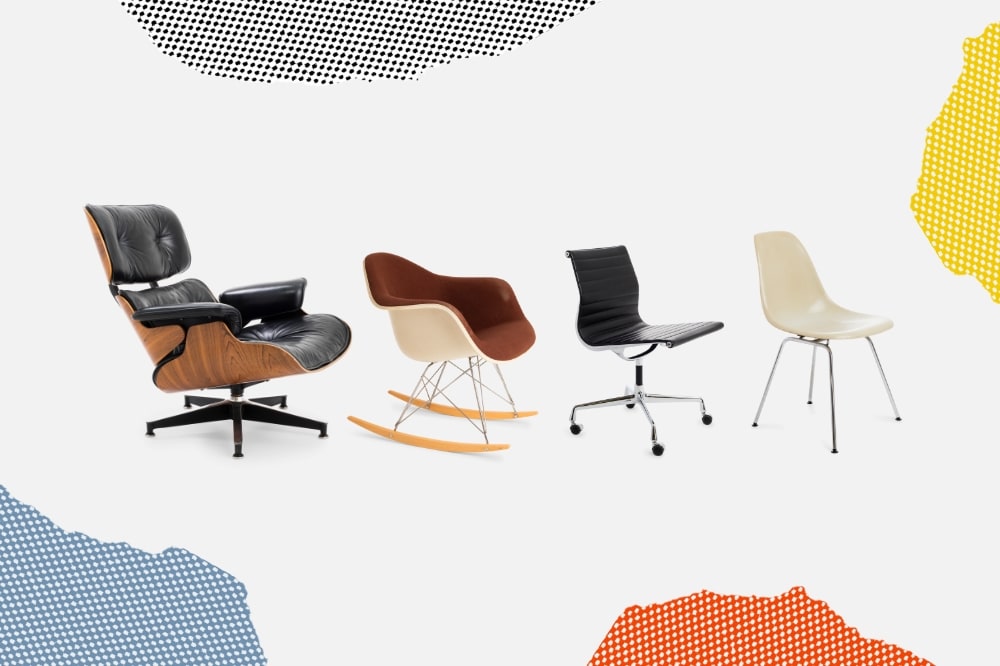
The biography of Josef Frank
The biography of Josef Frank
Austrian architect, artist and designer Josef Frank collaborated with the interior design company Svenskt Tenn for almost 35 years, creating furniture, lamps and textiles that are considered classics of the Swedish Modern. He also designed modernistic villas in Vienna during the 1920s as well as in the Swedish town of Falsterbo in early 1930’s.
Josef Frank studied architecture at the Technische Hochschule in Vienna from 1903 to -10. From 1919 to -23 he taught structural engineering at the school of arts and crafts at the Austrian Museum of Art and Industry (later MAK – Austrian Museum of Applied Arts/Contemporary Art).
In 1925 Frank founded the furniture company Haus & Garten with the architects Oskar Wlach and Walter Sobotka in Vienna. During the late 1920 he built a duplex located in Stuttart (1927) and participated in the first Congrès international d’architecture modern (CIAM) in La Sarraz, Switzerland (1928). From 1932 Frank was head of the urban development for the Werkbundsiedlung in Vienna, but the following year he and his Swedish wife Anna (b. Sebenius) left Austria for Sweden due to the political developments in Germany and his home country considering his Jewish background.
Frank had then already designed the two villas Villa Classon and Villa Carlsten in the town of Falsterbo in the south of Sweden. Frank had begun working with Estrid Ericson, founder of the company Svenskt Tenn in the early 1930’s and after moving to Sweden in 1934, he designed furniture, lighting, glass, and textiles for Svenskt Tenn.
His entrance on the Swedish design market was at the exhibition Standard för Bostad och Bohag (eng. Standard for Home and Furnishing) at the Liljevalchs art gallery in Stockholm 1934. The exhibition showed furniture in the simple modernistic style, but Frank’s contribution was a voluptuous sofa, designed as a protest to the functionalistic movement, that he considered boring. The sofa became known as The Liljevalchs Sofa and was one of the first pieces Frank designed for Svenskt Tenn.
Internationally, the World Exhibitions in Paris 1937 and New York 1939, became important for making Frank and Ericson known for the style called the Swedish Modern. One of Franks most well-known pieces is the Model 881 Nationalmusei-cabinet from 1938, that has been the focus of many homages such as the post-modern style cabinet Homage à Josef Frank by Kersti Sandin and Lars Bülow in 1985.
From 1941 to -45 Frank lived in New York where he worked as a lecturer at the New School for Social Research. After the World War II he returned to Stockholm and Svenskt Tenn where he until his death in 1967 designed several of the companies most prolific objects. According to Frank and Ericson furniture were supposed to be easy to move and stools where the ideal piece for this. During his time at Svenskt Tenn Frank designed 30 different stools.
Josef Frank was interested in symbolism, heritage and homeliness and took inspiration from both the English and Chinese style of interior design. His colourful textiles, that took inspiration from nature, and his relaxed furniture has all become timeless classics that is represented in museums and exhibits all over the world.
Read more about Josef Frank here.
Article written by Lars Bülow


















































